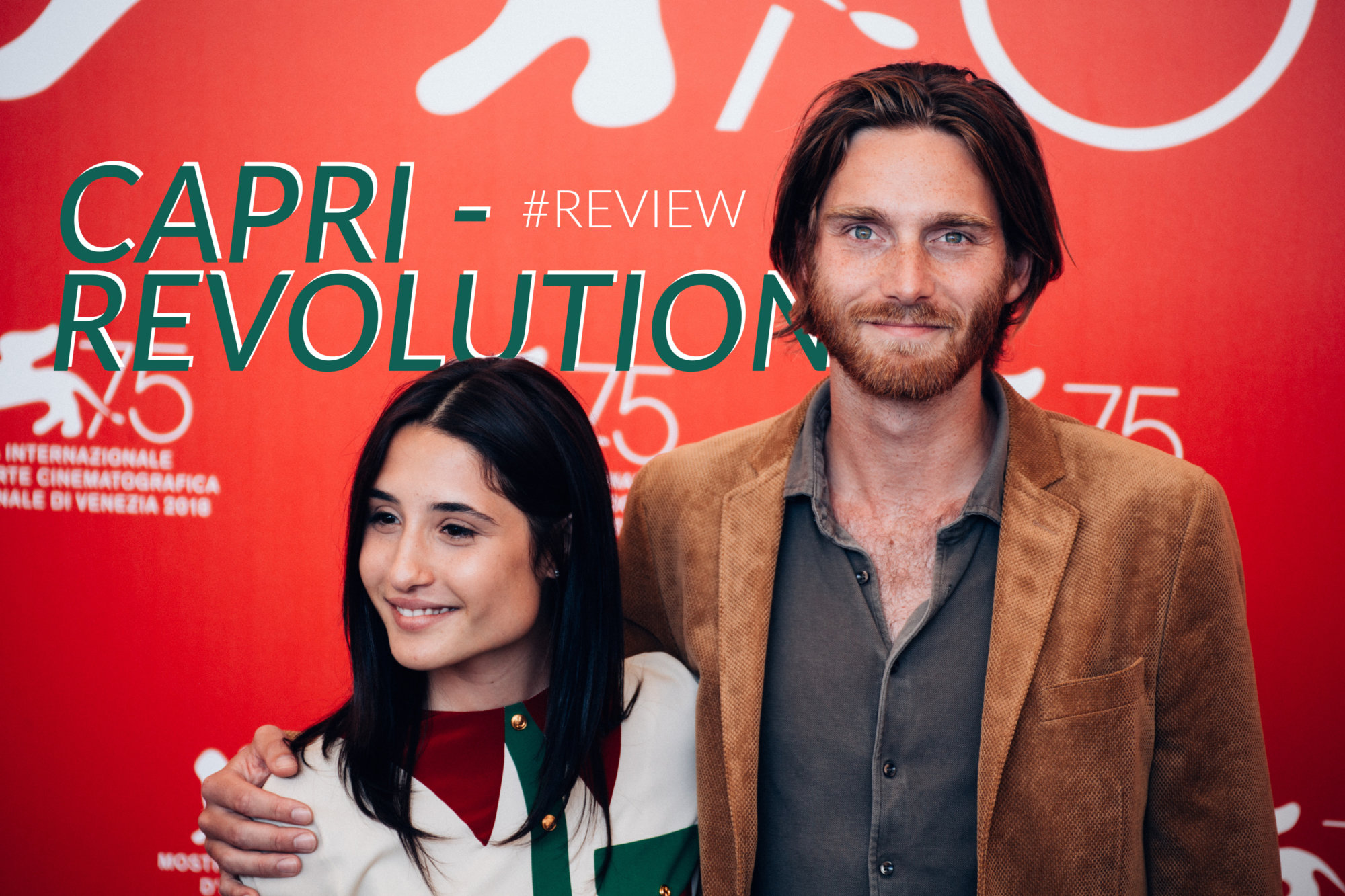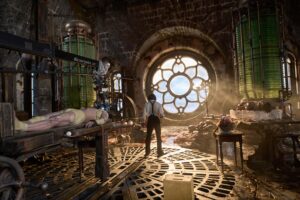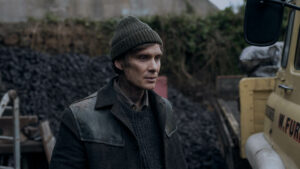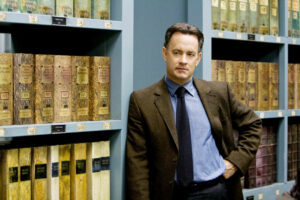Mario Martone returns to Venice with a new film that, ideally, stands as the closure of the trilogy begun with “Noi Credevamo” and “Leopardi.”
“Capri-Revolution” is a story of communion and clash of ideas: here is our review of a story that, first and foremost, speaks of an invisible but explosive revolution, in that beautiful island of Capri that gives the name to the film.
Title
“Capri-Revolution”
Behind and in Front of the Camera
At the direction, we find Mario Martone, who welcomes the challenge of yet another story of personal change and evolution, of young people looking for themselves. Both the music played by the characters and the soundtrack, which is spiritually close to some kinds of meditative Indian music, were composed by Sasha Ring with the collaboration of Philip Timm. Both the composers are also present as actors. To play the characters, furthermore, we find an international cast.
Marianna Fontana is Lucia, the young goatherd who discovers a nudist community composed by young northern Europeans, shunned by the locals. In the role of Carlo, the Doctor who takes Lucia under his wing, we find Antonio Folletto, while Master Seybu is played by Reinout Scholten van Aschat. Jenna Thiam is Lilian, while Ludovico Girardello is Citrus and Donatella Finocchiaro plays Lucia’s mother, with whom the girl will have a close and affectionate relationship.
Who’s Got the Typewriter
The screenplay was co-written and edited by Mario Martone and Ippolita Di Majo (who already worked with Martone on the screenplay of “Leopardi”). It starts from an idea by Martone who, almost by chance, at the Certosa di San Giacomo found some paintings by Karl Wilhelm Diefenbach, thus becoming aware of the existence of his community.
This also lit in the director the idea to connect Diefenbach’s revolution with the subsequent work of Joseph Beuys and his “Capri Battery,” which is also mentioned in the film by Seybu, and to create a new, intense and bewitching character.
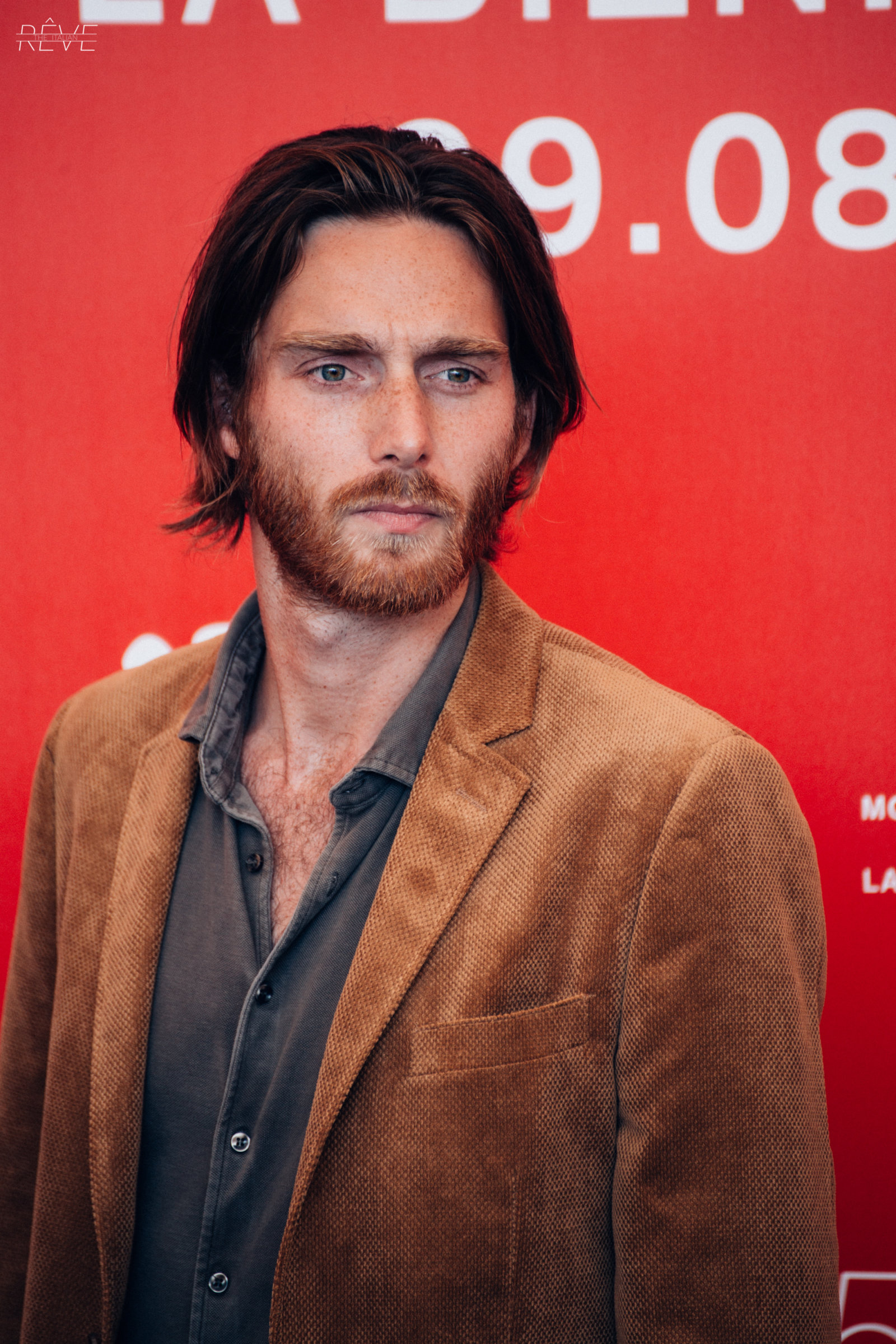

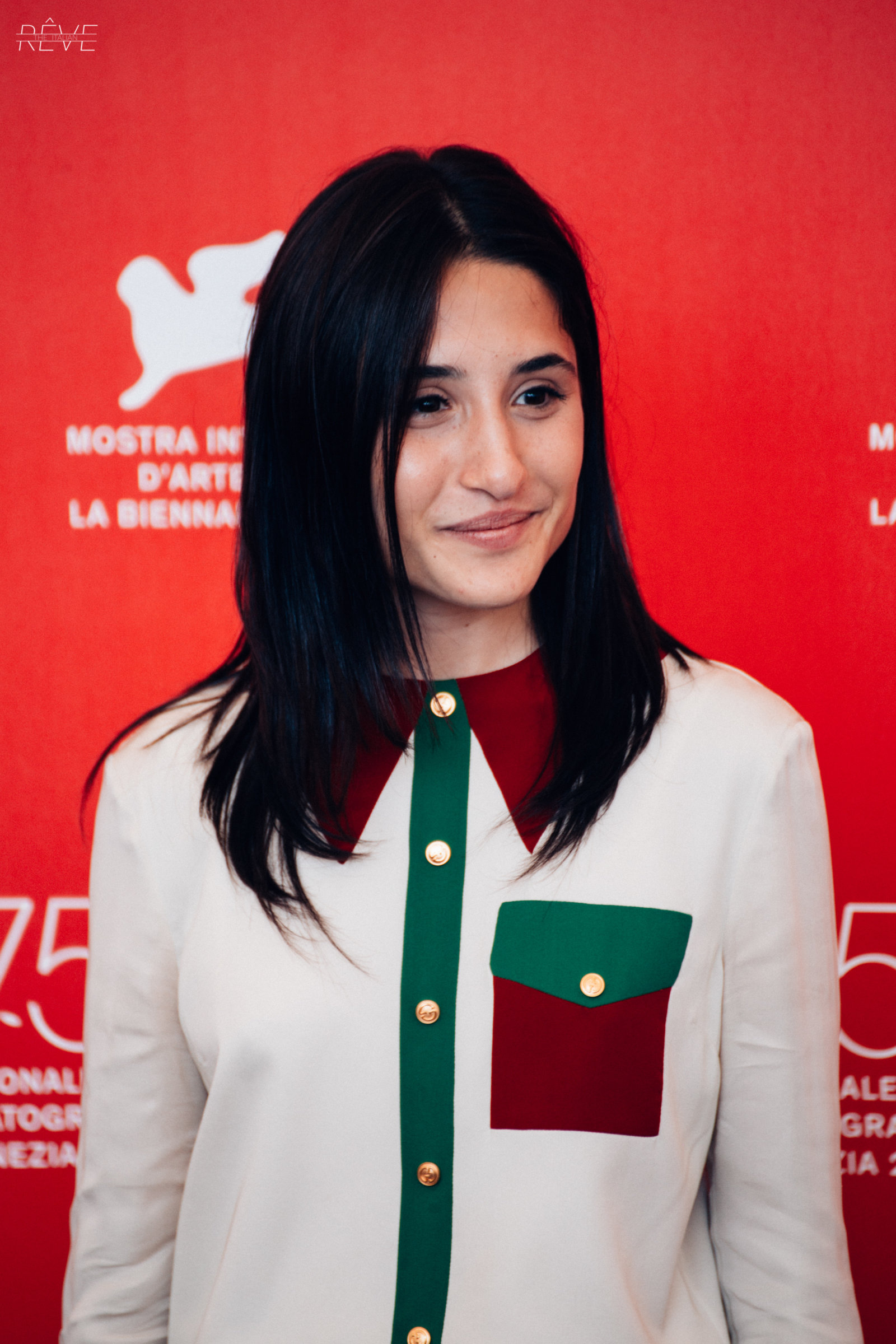
What to Know (ABSOLUTELY NO SPOILERS)
The history of “Capri-Revolution” follows the lines of the community founded by the German Utopian Diefenbach at the beginning of the Twentieth century, but it certainly doesn’t stay anchored to real events: it is instead the bearer of a majestic storm of ideas, of different ways in contrast. It speaks of deeply different personalities that meet and clash with each other, with one of the most beautiful islands in the Mediterranean at the dawn of the First World War as background.
NATURE
REVOLUTION
LOVE
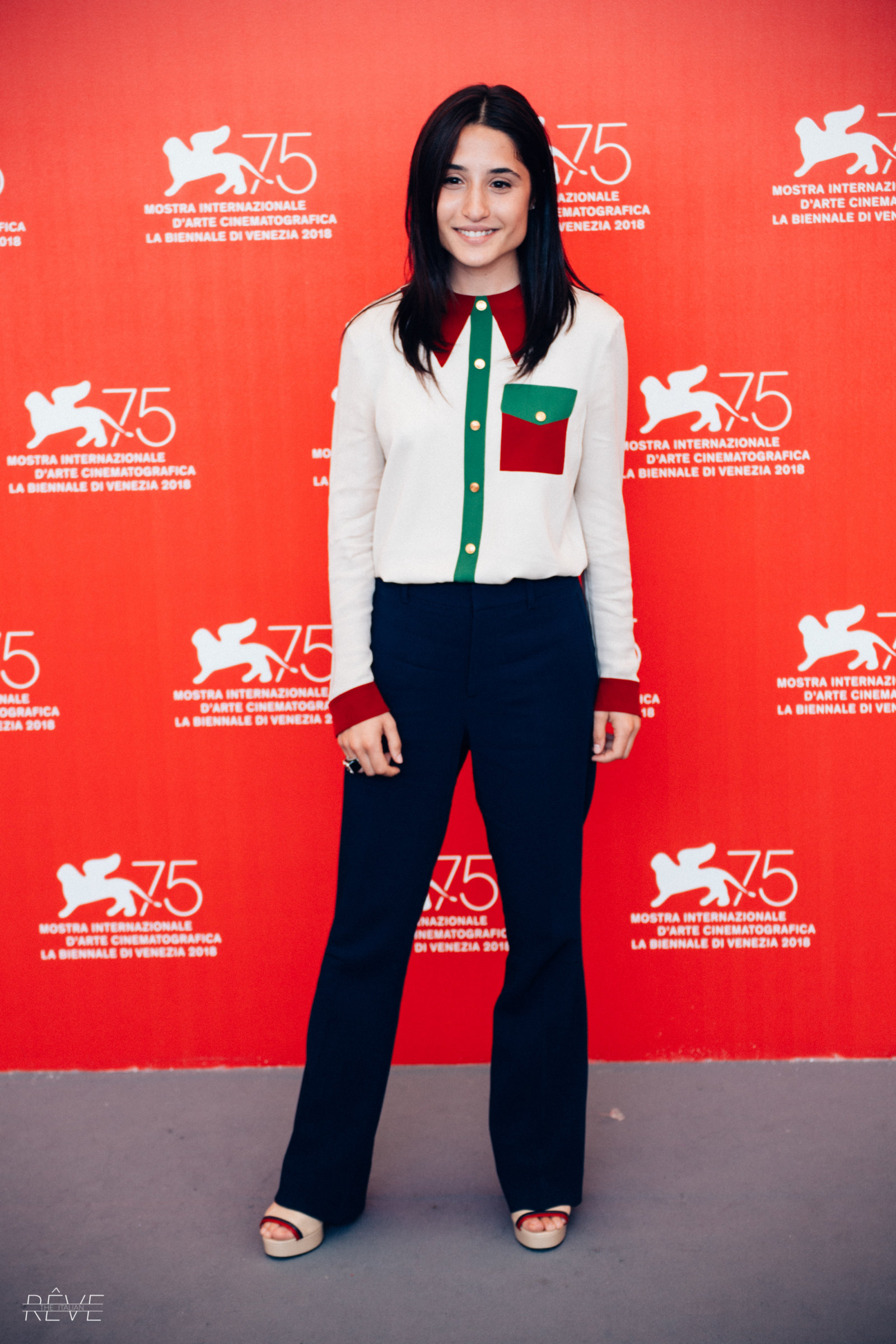
The absolute protagonist of the narration is Lucia (played by an intense Marianna Fontana), a twenty years old goatherd who discovers, almost by chance, the community of Seybu (masterfully interpreted by the Dutch actor Reinout Scholten van Aschat). The ideas of the small utopian island carried on by Seybu and its pacifist community, which in fact anticipates the ideals of the ‘70s Hippie communities and that also opens up to the animist and Hinduist spirits through dances and meditation, deeply shakes the soul of Lucia, accustomed to the strict rules of the peasant male-driven society.
At the same time, in the life of Lucia gains importance the figure of Carlo (Antonio Folletto), a young doctor with a deep confidence in science and change, skeptical towards Seybu and his vision.
Accompanied by Seybu, his wife Nina (Lola Klamroth) and Citrus (Ludovico Girardello), Lucia’s character represents a path of emancipation and strength, but her life will be changed forever by the War: a dark ghost that casts its shadow over Capri, bringing that change so much coveted by everyone.

C A P R I B A T T E R Y
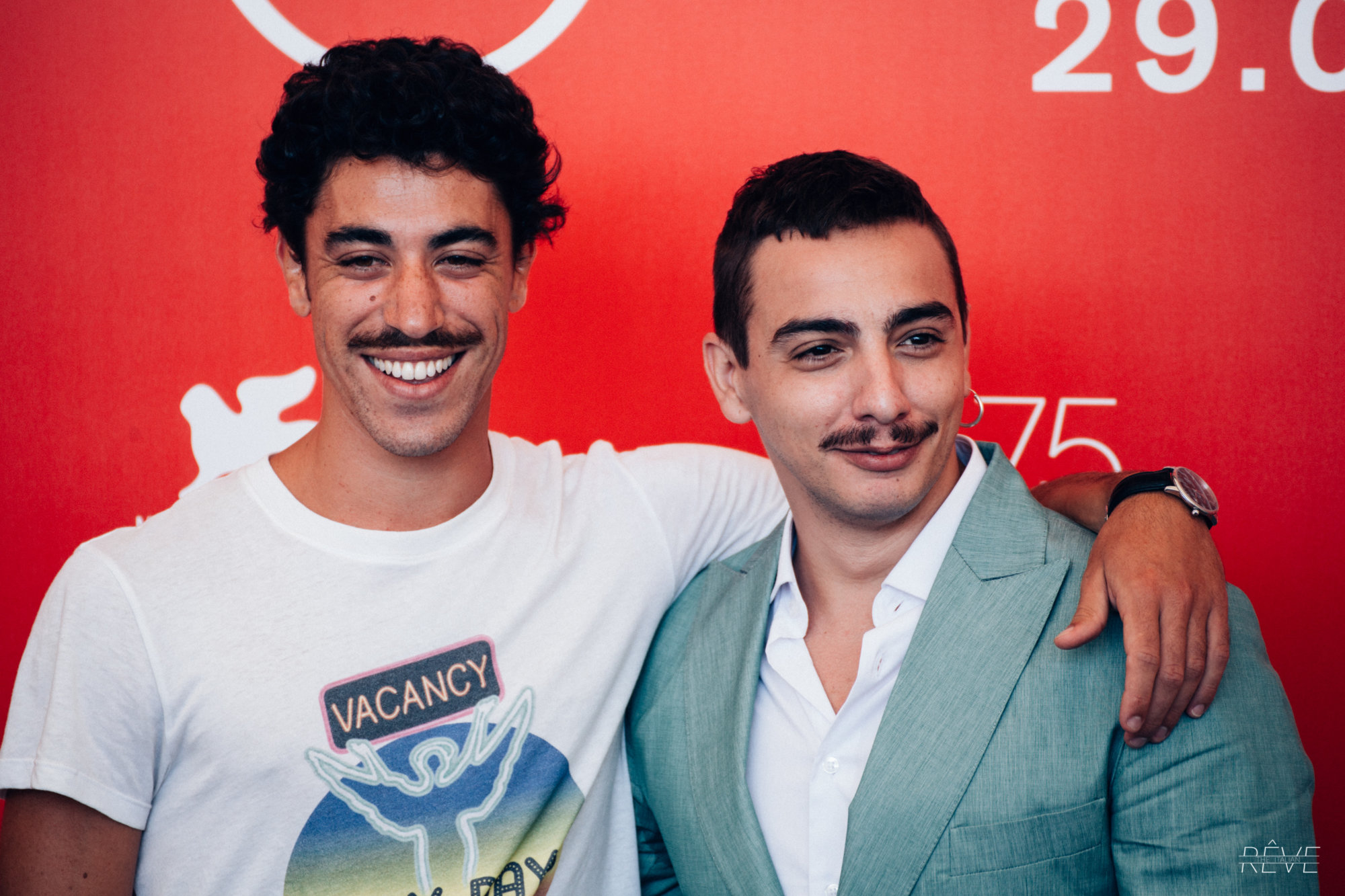
What You’ll Need
The film speaks in an extraordinary way to those who are willing to listen: ideas that seem incompatible find body, dialogue and confrontation within the narration through the characters, offering food for thought on current topics, such as the exploitation of resources, the communion with nature and medicine. However, you will need nothing special to appreciate the powerful narration and the beautiful choreography, along with the fascinating soundtrack, which pervades the film from the first to the last minute.
What They Say
Mario Martone spoke about youth and revolutions, which he discussed in “Capri-Revolution” but also in the previous chapters of the ideal trilogy created with “Noi Credevamo” and “Leopardi:” “Revolutions should not be considered in relation to their outcome: they are like the eruptions of a volcano. After the eruption, the lava is deposited, and it creates a spectral landscape, but our eyes must be fixed on the eruption. […] Revolution is a flower that blooms in anyone who feels a desire for justice, who looks forward to changing something.”
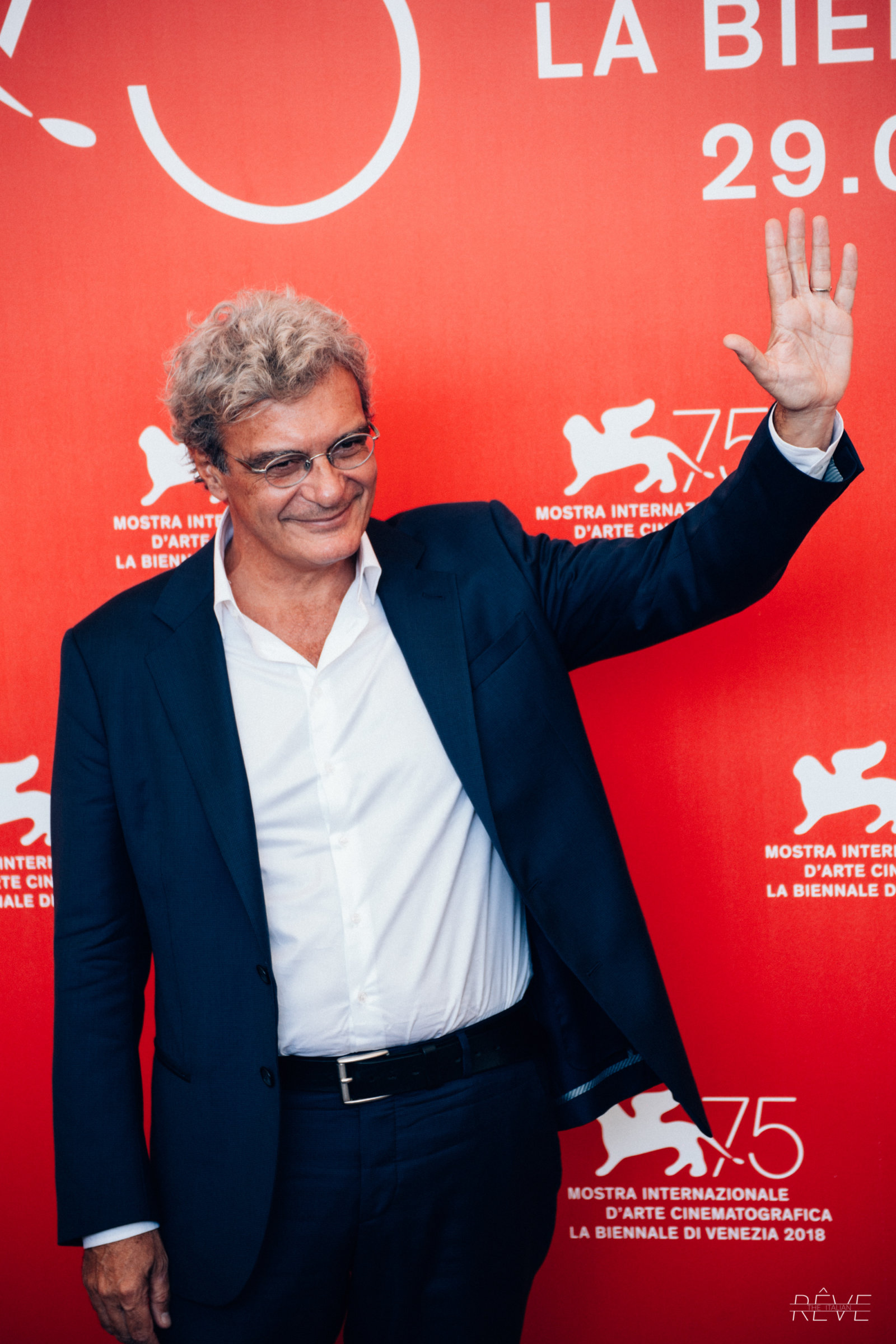
Furthermore, Martone spoke about Lucia: “She is a woman, a young woman, that lives through this confrontation with the male that she crosses and which she successfully overcomes at a certain point. Lucia is the bearer of the human spirit: the possibility of confrontation, of a relationship. As Pasolini said: ‘you will be saved only through a vital relationship.’ In times like the ones we’re living it is very difficult to be sure about anything but, while we are in a world where everyone seems to have very strong ideas and is more than happy to rub them in the face of those who think differently, what the human side of us will tell us to do is to open relationships, not being afraid of confrontation. Lucia comes from a patriarchal family, that she rebels against, but cultivates love: she does not turn her rebellion into hatred.”
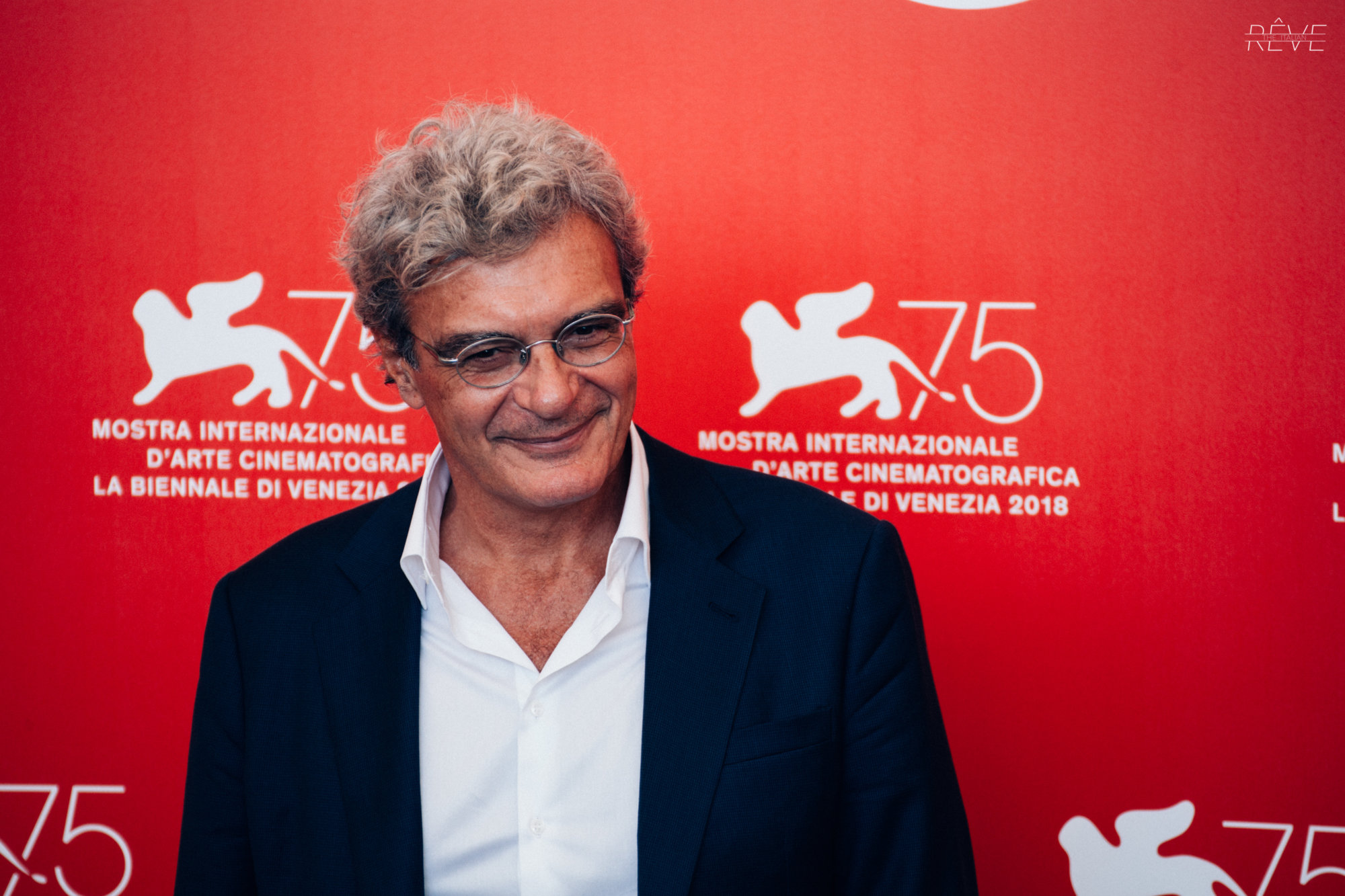
“Revolution is a flower that blooms in anyone who feels a desire for justice.”
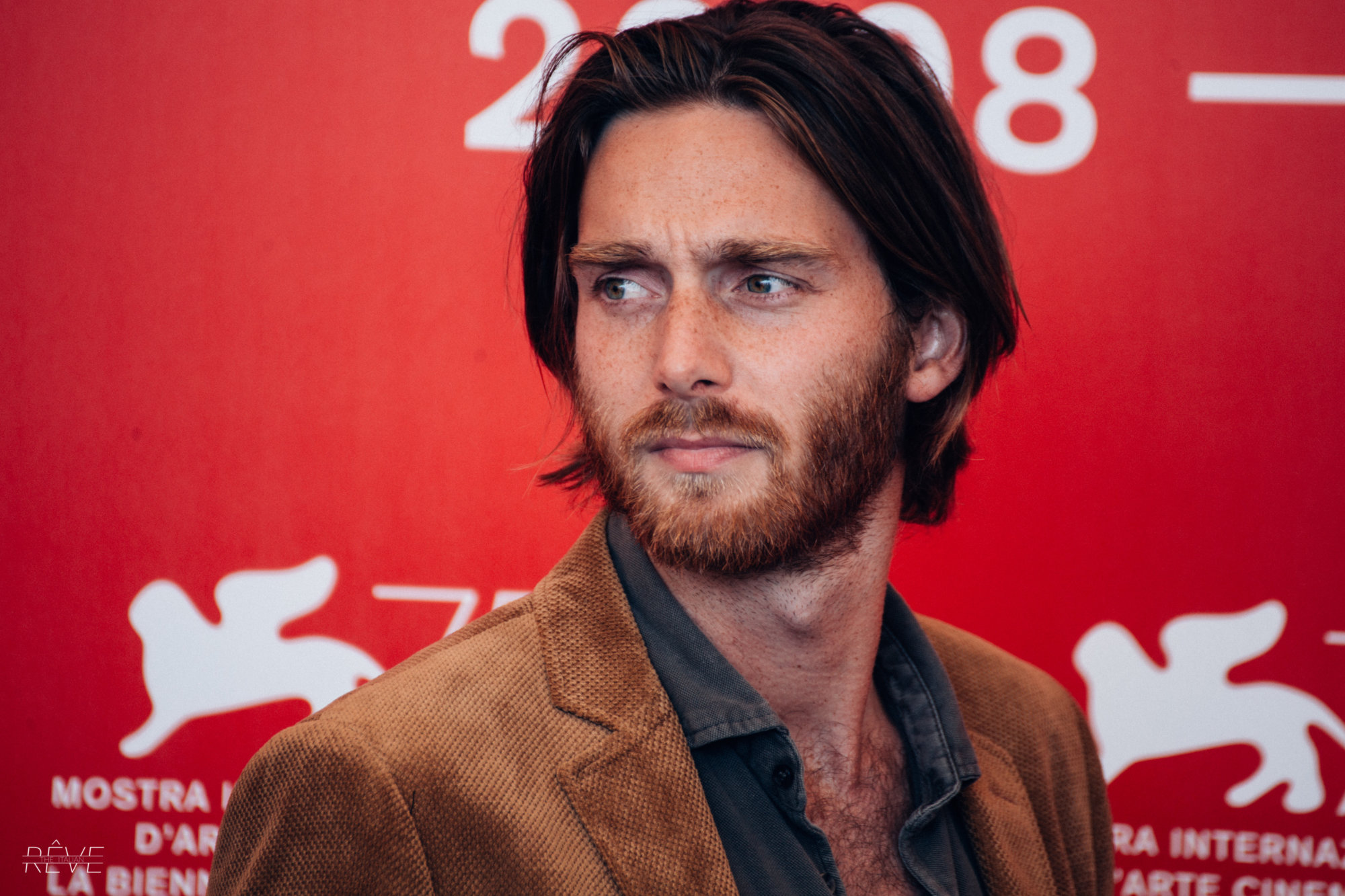
Ippolita Di Majo: “This group of young people coming from Northern Europe is the first generation that lives through the outcomes of the industrial revolution. Pollution, environmental problems, the working class, exploitation: problems that we are still confronting today. But they are the very first ones.
There is a certain sense of foreseeing in the eyes of this group of young people, who look for a sort of archaism in the Mediterranean but also for a way of re-owning their relationship with nature.”
One Last Thing…
The original choreographies have been edited by the talented Raffaella Giordano. They transmit all the depth of the bond with nature, with the religions of India, and the cathartic immersion in which the members of Seybu’s community are captured.
Out of 5 Lions (Venice Edition)


